The Porsche Porsche 911 RSR shows that the German car maker isn't afraid to to flout tradition and push to extremes in motorsport - by moving the engine of its 911 RSR from its rear-mounted position.
Yes, you read that correctly: this is the first Porsche 911 to carry its engine in front of the rear axle since the 911 GT1 race and road car of the mid-1990s.
The change has been made possible by the new-for-2016 regulations for the LM GTE racing category, used in the World Endurance Championship, the US-based IMSA series and, of course, the Le Mans 24 Hours. The rules offered Porsche the opportunity to reassess every nut and bolt, an evaluation process that started 18 months ago. They allow scope for the engine to be relocated, provided the car’s platform isn’t altered, so Porsche flipped the engine and gearbox.

Accounting for the aggressive looks, the rules also permit so-called ‘free volumes’ where the car can be changed, such as the overall width, although other dimensions have to remain the same as the production car’s. Moving the engine forward has enabled Porsche to install a large rear diffuser, enhancing the aerodynamics.
The change wasn’t a decision taken lightly by the guardians of Weissach’s most iconic model. Frank Walliser, Porsche’s head of motorsport, says: “There are always sensitive discussions [within Porsche] when the motorsport guys turn up and say: ‘We’ve had a good idea’. But look at the car. Is it a 911? I say, yes, it is.”

It’s hard to argue with Walliser – there’s definitely a 911 under there – but the repositioned powertrain has required wholesale redevelopment. The suspension, body structure, aero package and six-speed sequential gearbox have all been designed from scratch. Walliser says the only parts carried over are the door handles.

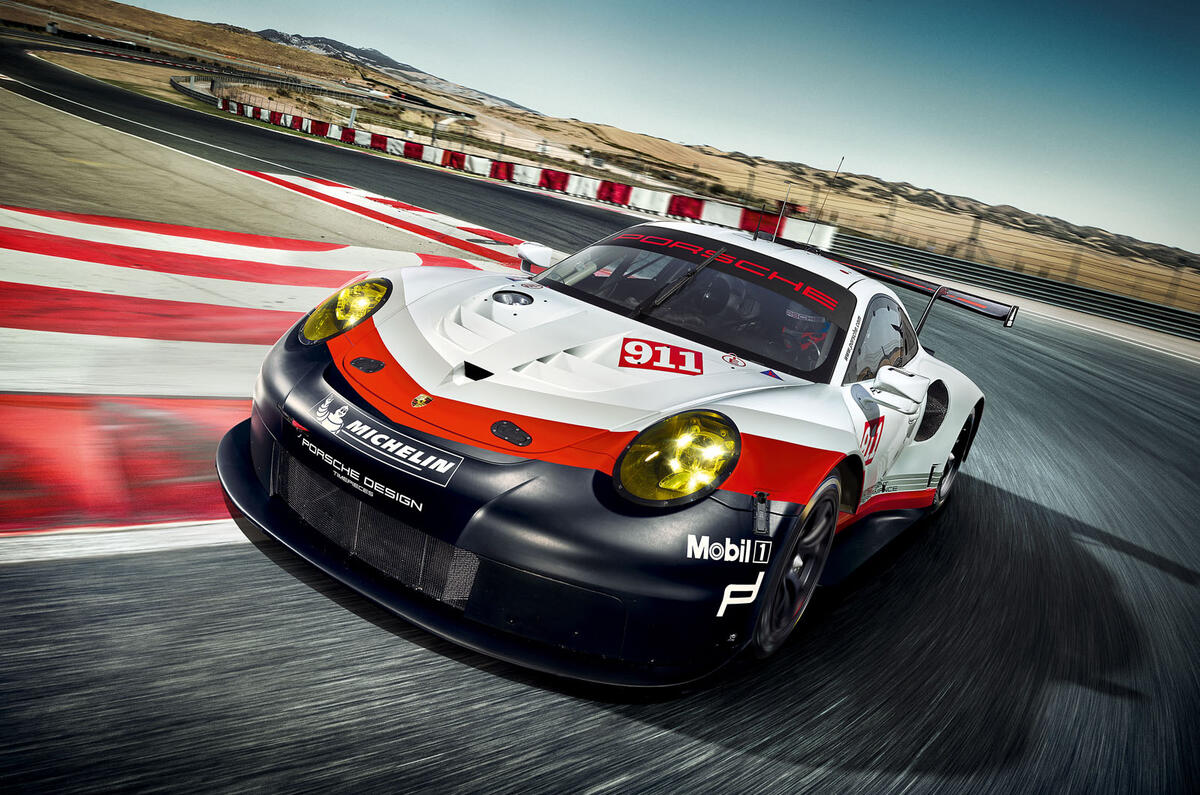
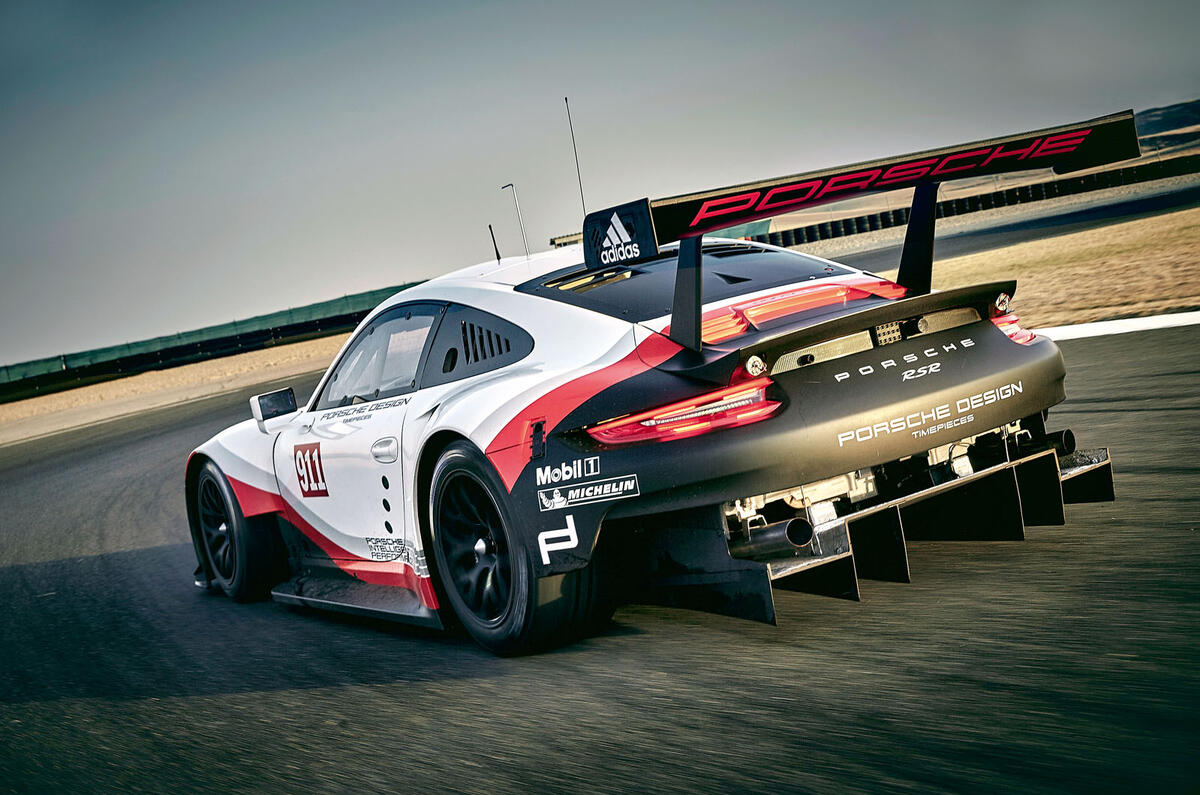

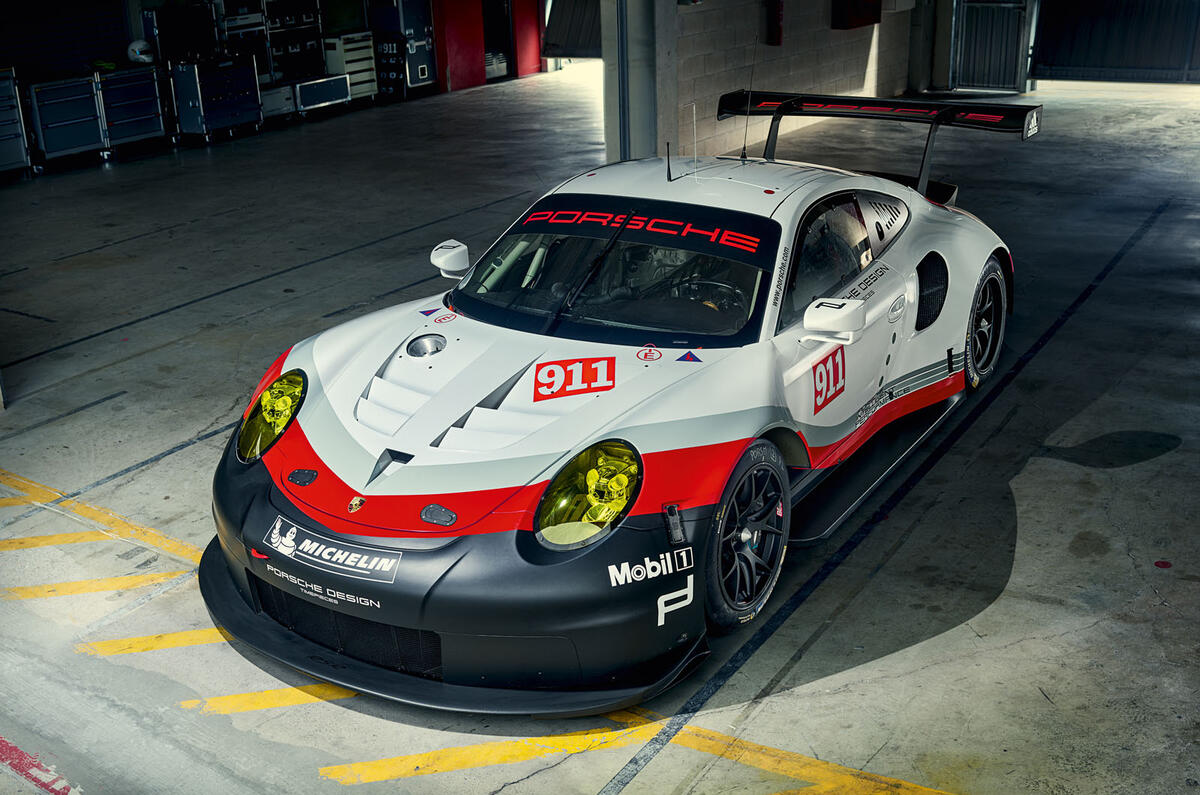
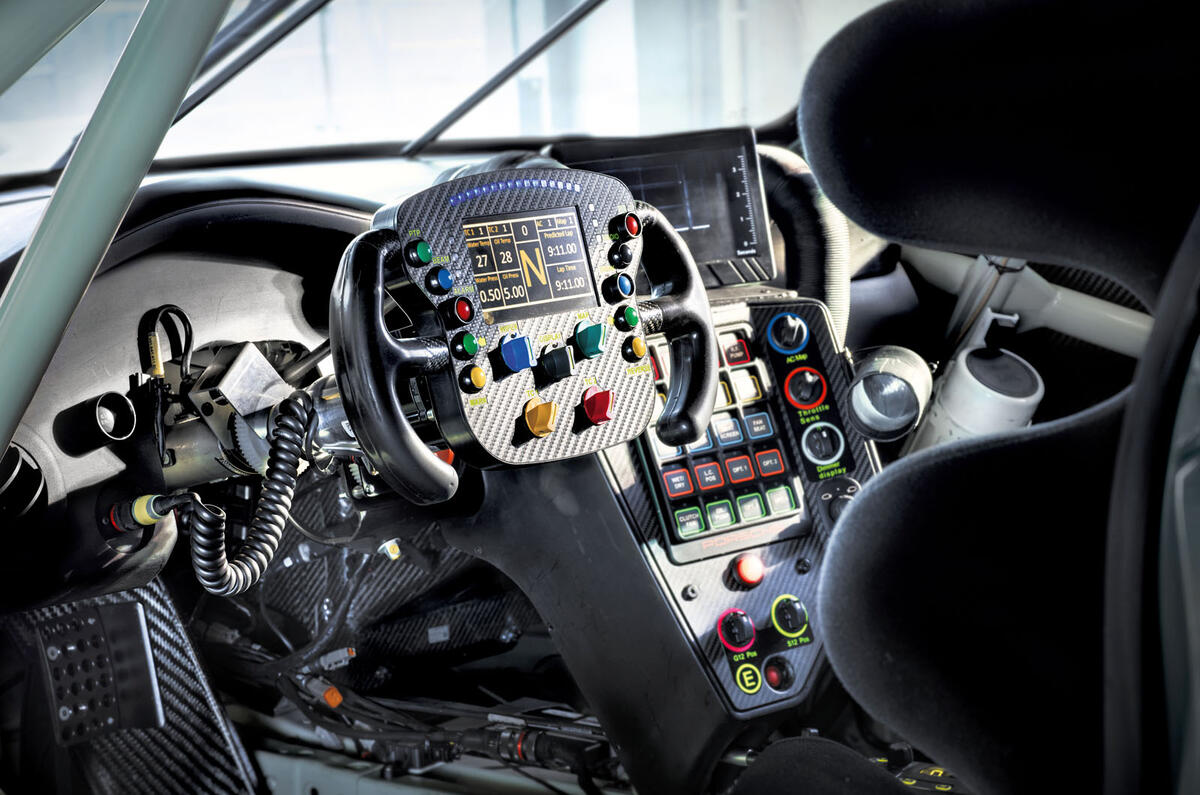
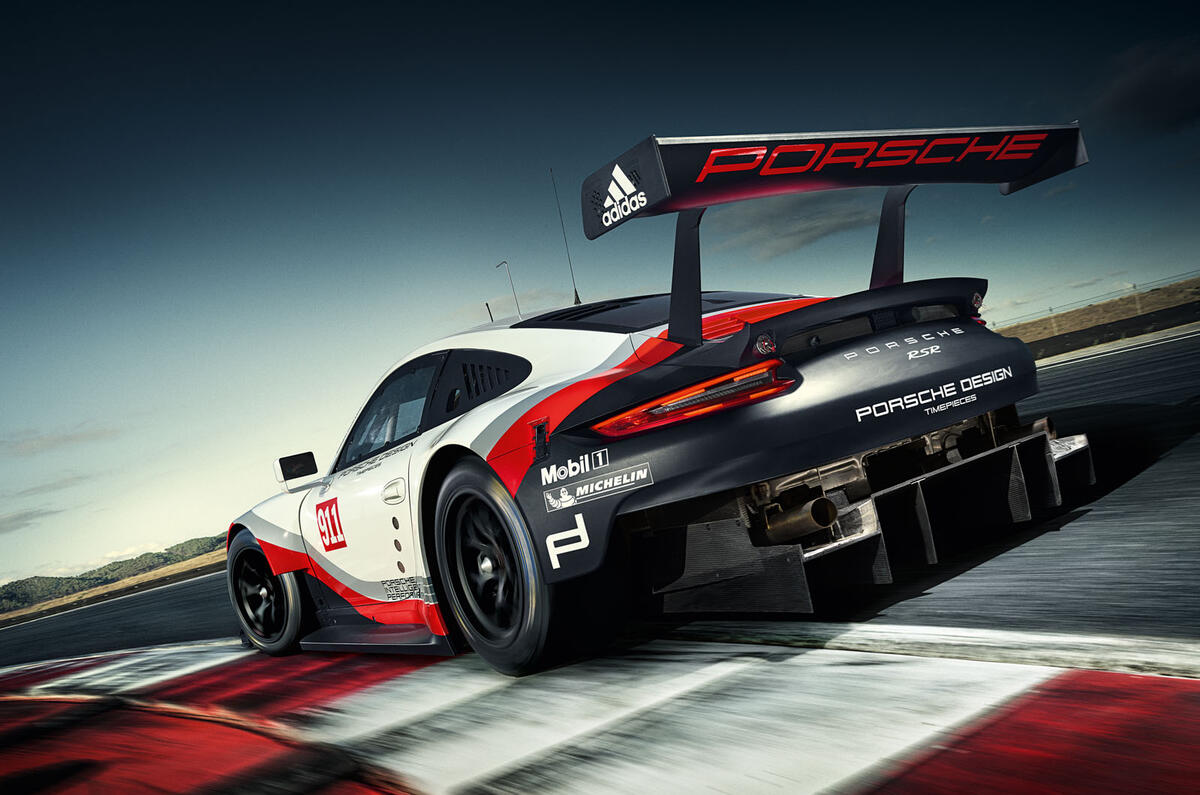
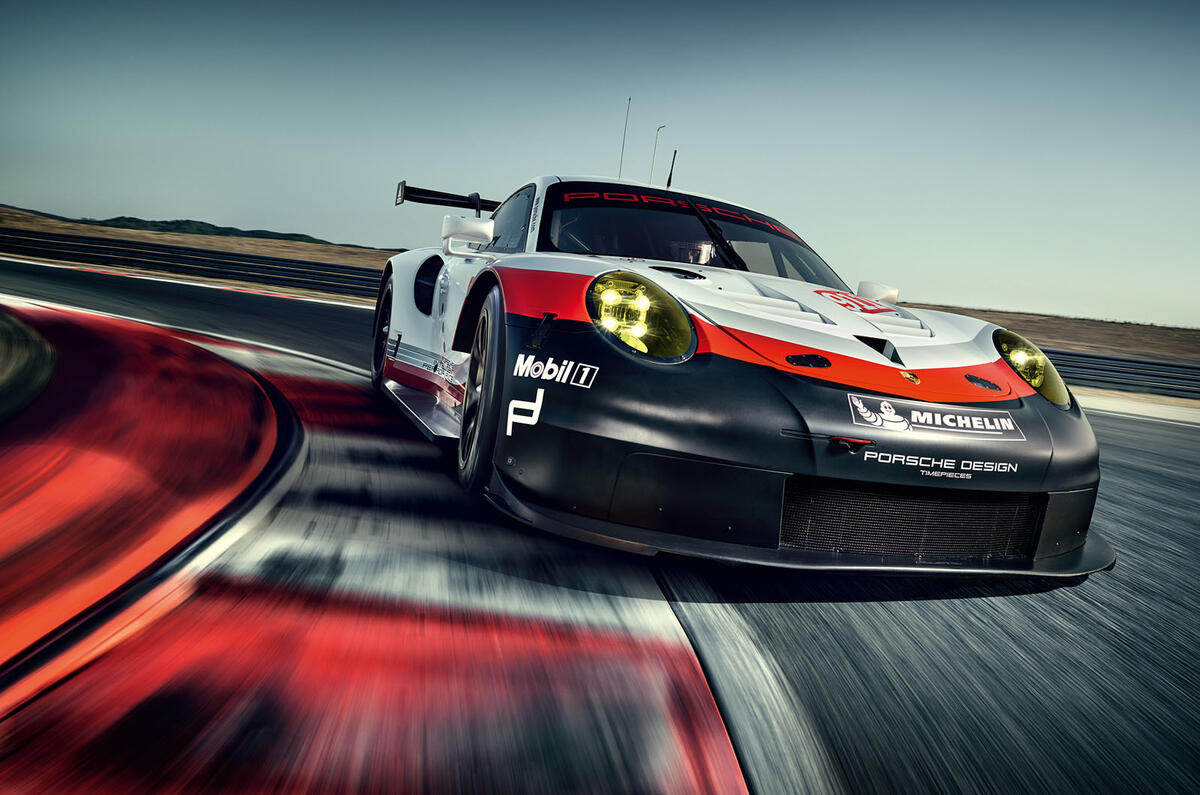
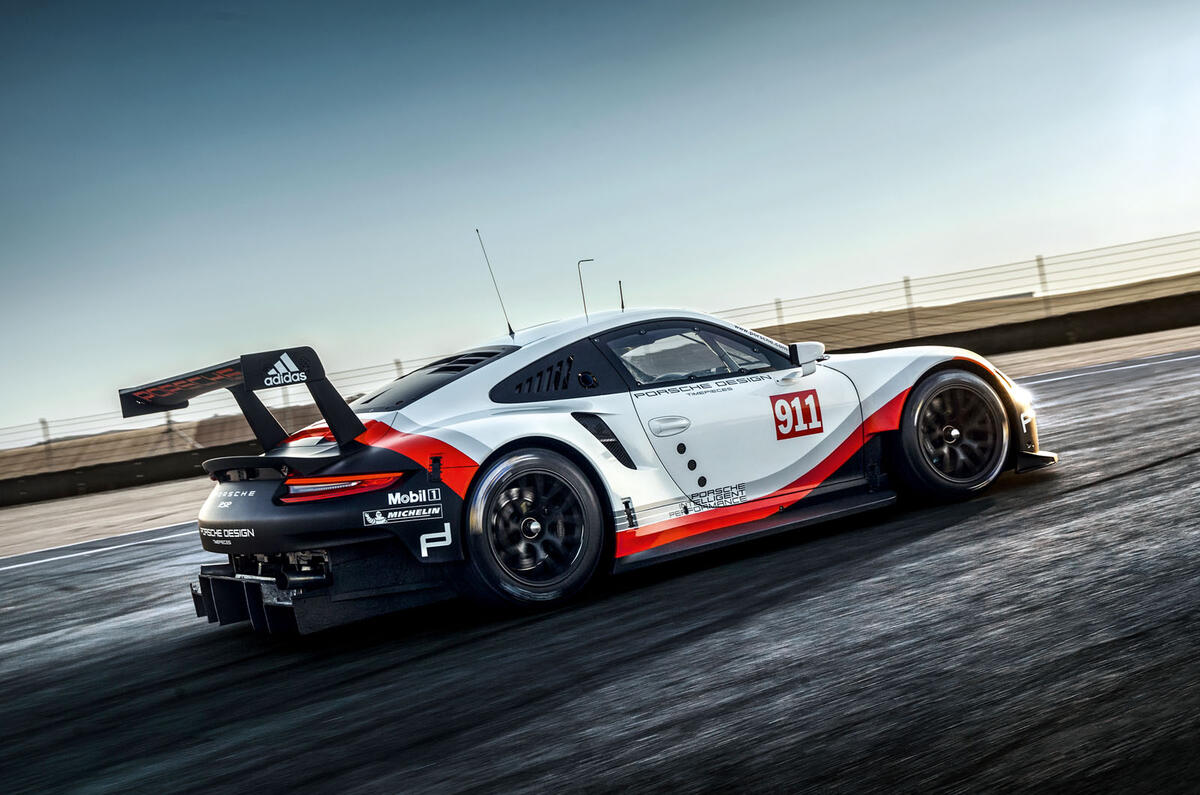
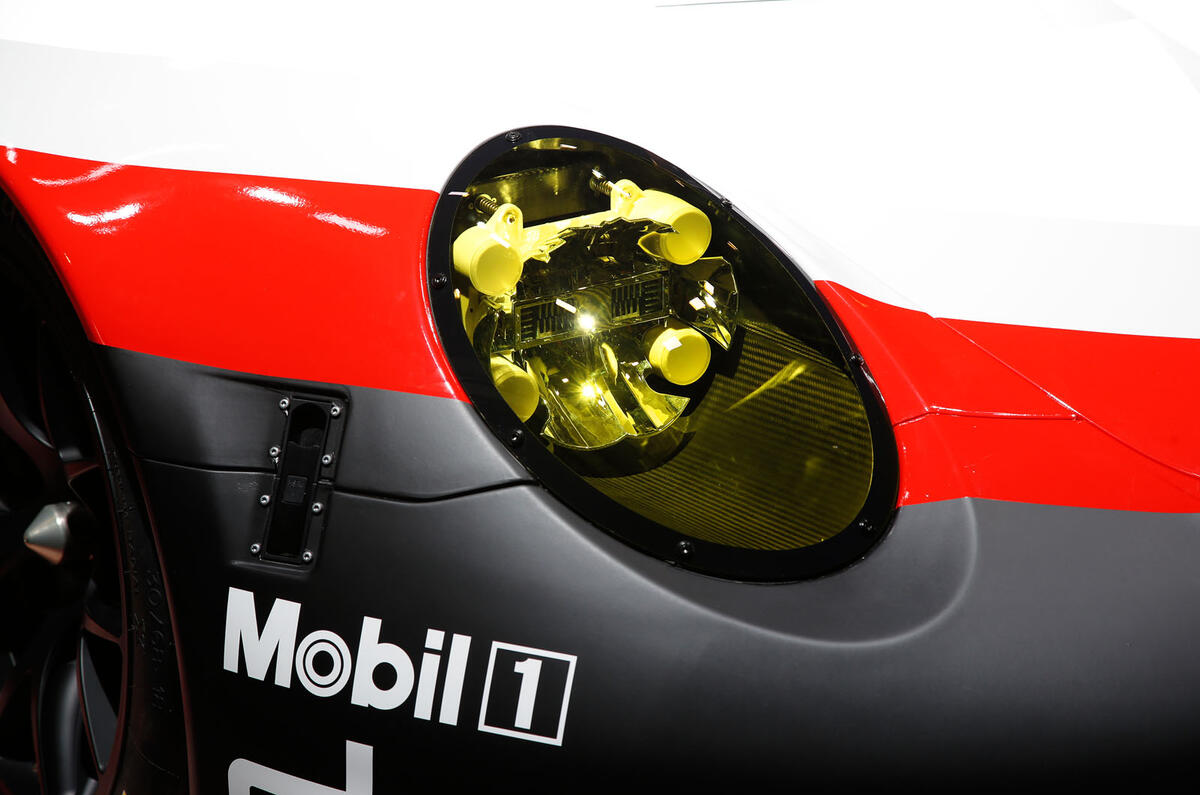

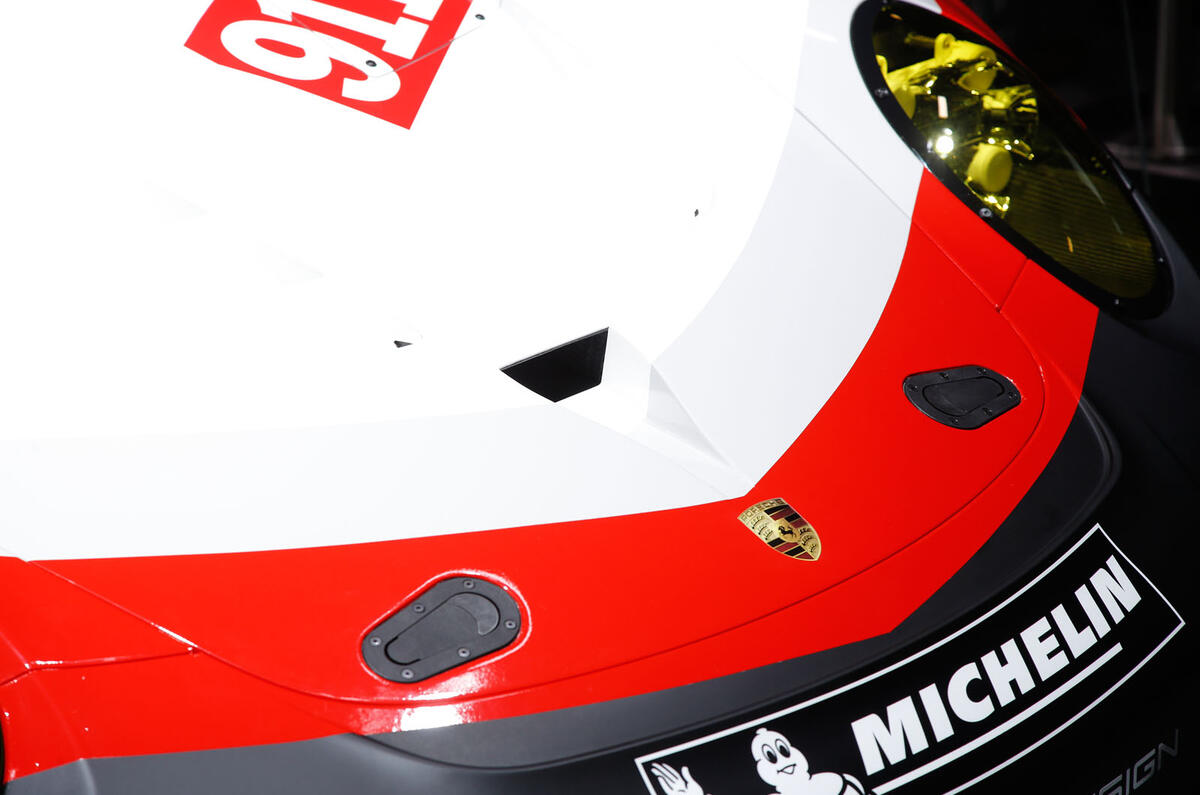
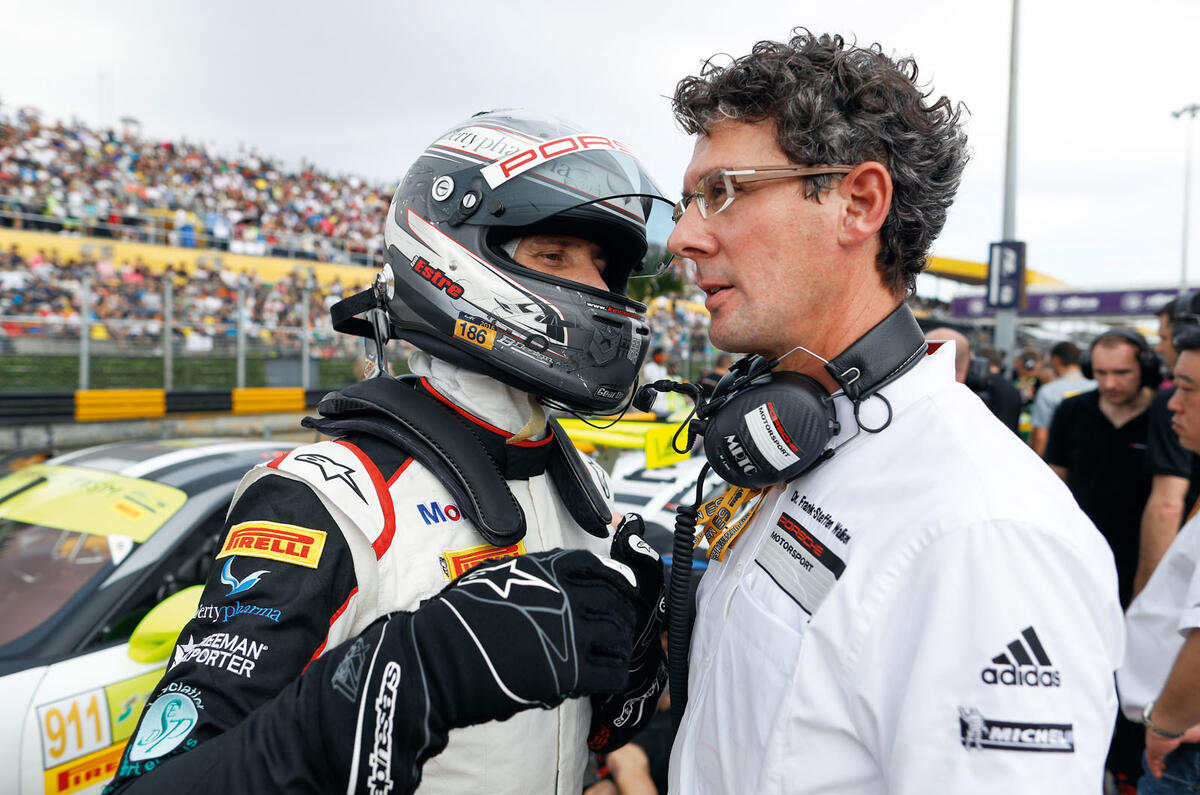
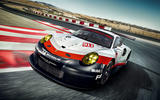
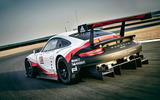
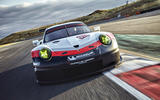
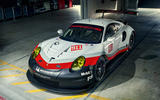
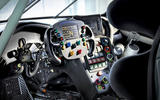
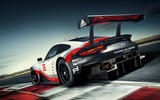
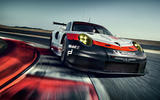
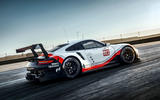
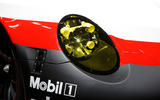


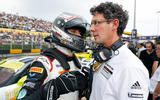






Join the debate
Add your comment
Bad evolution of the GTE...
No thanks...
New Porsche is A Racer...not a Production Derivative
So, I was crawling around a Porsche RSR at the Peterson Museum in Los Angeles yesterday. Have no doubt that this is a purpose-built racer that has nothing in common with a street car you can buy, except the name and - VERY generally - the shape. It will do surely well on the track...and may well keep the Porsche name uppermost in the minds of car buyers seeking a performance image.
Sometime next year, I will probably see a friend in a new Porsche, and he will say, "This is identical to what they ran at Daytona...except it doesn't have a rollbar."
New Porsche is A Racer...not a Production Derivative
So, I was crawling around a Porsche RSR at the Peterson Museum in Los Angeles yesterday. Have no doubt that this is a purpose-built racer that has nothing in common with a street car you can buy, except the name and - VERY generally - the shape. It will do surely well on the track...and may well keep the Porsche name uppermost in the minds of car buyers seeking a performance image.
Sometime next year, I will probably see a friend in a new Porsche, and he will say, "This is identical to what they ran at Daytona...except it doesn't have a rollbar."